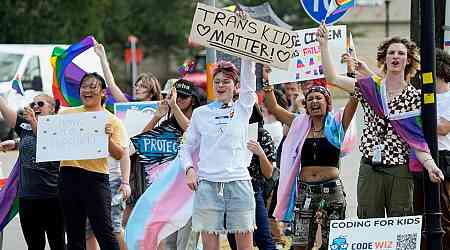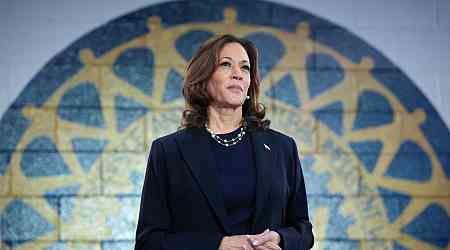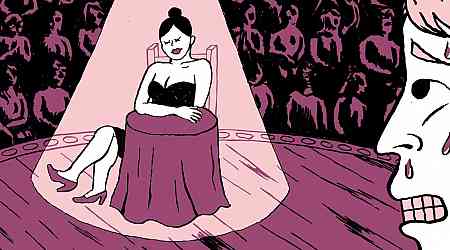
Adults with Long COVID can experience a slew of different symptoms, but some are more common than others. Intense fatigue, crashes after mental or physical effort, brain fog, shortness of breath or coughing that won’t go away, and the loss of smell or taste are some of Long COVID’s hallmarks.
For kids, however, it’s another story. New research, published Aug. 21 in JAMA, finds that Long COVID symptoms can look different among children compared to adults—and even among kids of different age groups.
[time-brightcove not-tgx=”true”]“Most of what we know about Long COVID, we know from studies of adults,” says Dr. Rachel Gross, an associate professor of pediatrics at the NYU Grossman School of Medicine and co-lead author of the new study, which is part of the U.S. National Institutes of Health’s RECOVER research initiative. “This is one of the largest and first studies to try to characterize the prolonged symptoms that are experienced by children and to try to understand how they may differ between different age groups.”
To do so, Gross and her colleagues surveyed the caregivers of more than 5,000 U.S. children—some who had previously had COVID-19 and others who hadn’t—about lingering health issues their kids developed during the pandemic. They then sorted through the caregivers’ answers, along with data about the kids’ COVID-19 histories, to figure out which symptoms were most closely linked to prior infections, and thus seemed to be especially good indicators of Long COVID in children.
Among children ages 6 to 11, the researchers identified 10 symptoms strongly linked to Long COVID:
- Trouble with memory or focus
- Back or neck pain
- Stomach pain
- Headaches
- Phobias
- Refusal to go to school (which Gross says may be an indicator of larger issues)
- Itchy skin or rash
- Trouble sleeping
- Nausea or vomiting
- Lightheadedness or dizziness
Read More: What to Do If Your High Cholesterol Is Genetic
Among adolescents ages 12 to 17, eight key symptoms emerged:
- Change or loss of smell or taste
- Body, muscle, or joint pain
- Daytime sleepiness or low energy
- Fatigue after walking
- Back or neck pain
- Trouble with memory or focus
- Headaches
- Lightheadedness or dizziness
Identifying these symptoms alone isn’t enough to officially diagnose Long COVID, at least not without additional research to confirm the findings. But for the purposes of the study, the researchers used them as a guide for estimating which kids likely had Long COVID. They estimated that 20% of the previously infected younger children and 14% of the previously infected adolescents met that threshold. Kids infected before the Omicron wave were especially likely to fall into the Long COVID category.
Those numbers are higher than some previous estimates—for example, a recent U.S. Centers for Disease Control and Prevention report concluded that only about 1% of U.S. kids had had Long COVID as of 2022. But other studies have come to similar conclusions, estimating that somewhere between 10% and 20% of kids who catch COVID-19 will develop long-term complications.
Read More: The Best Way to Treat Insomnia
With so many outstanding questions about how many kids and which ones develop Long COVID, it’s important for clinicians to know the symptoms to look for, Gross says. There’s a “misperception” that “if children have Long COVID, it will look like Long COVID in adults,” she says. But that’s not necessarily true. Gross’ study and others suggest kids can experience a wide range of complications after a case of COVID-19, reporting everything from sleep disorders and behavioral issues to nasal congestion.
Some Long COVID symptoms, like fatigue and cognitive issues, do seem to be shared across age groups. But some of the pediatric symptoms identified in the new study—like phobias and rashes—are not typically associated with adult Long COVID, and thus might be missed or misattributed if clinicians looked only for common adult symptoms.
As of now, even a correct Long COVID diagnosis doesn’t mean a child will get adequate treatment. Researchers are looking for therapies, but there is not yet any test or treatment specifically approved and shown to be effective against Long COVID.
The results of the new study should reframe how parents think about the risks the virus poses to their children, Gross says. It’s true that kids are less likely than adults to get severely ill or die if they catch COVID-19. But long-term complications are possible for people of any age—even if they don’t look the same across life stages.


























